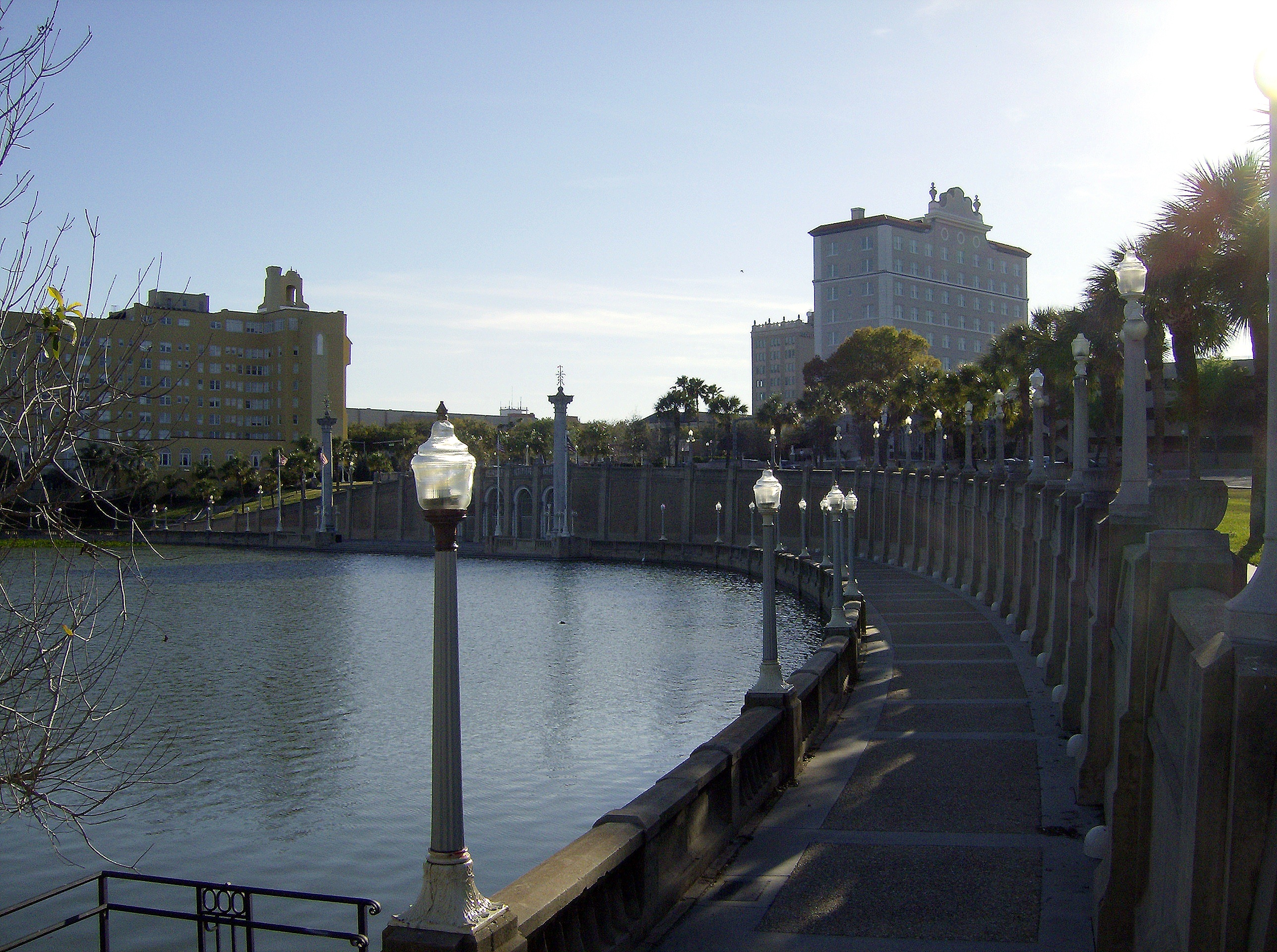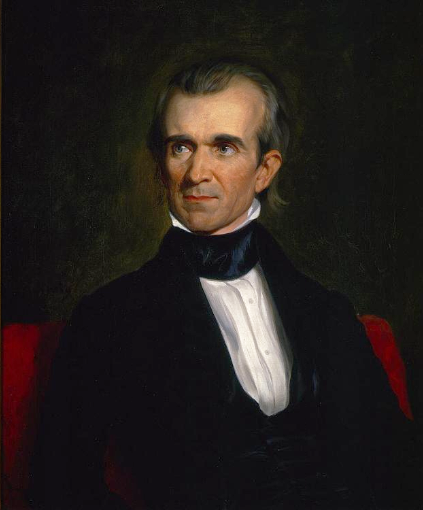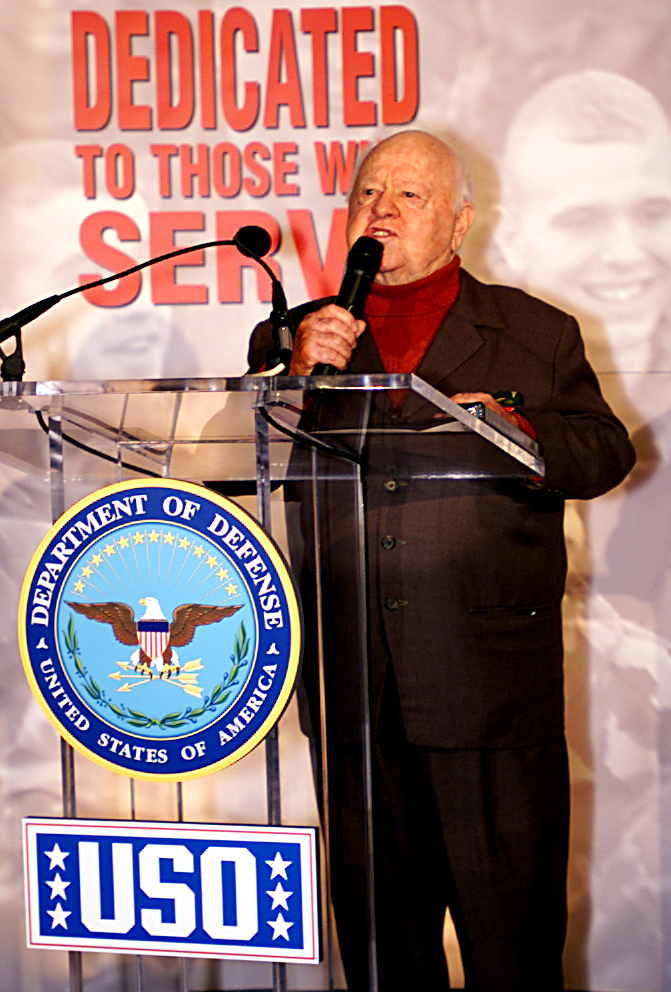|
Frances Langford Promenade
The Frances Langford Promenade (also known as the First Civic Center and the Lake Mirror Promenade) is a historic site in Lakeland, Florida. It is located between Lemon Street and Lake Mirror Drive. On January 27, 1983, it was added to the U.S. National Register of Historic Places. The project was built in two phases and completed in 1928. Charles Wellford Leavitt of New York was the designer. In 1946, the city of Lakeland dedicated the promenade to Lakeland native Frances Langford for her work with the United Service Organizations and her music and acting career. In 2013, the city re-dedicated the promenade and installed a new marker.Toothman, Mary. ''The Ledger'', November 5, 2013 References External links Lakeland's No. 1 Sweetheart -- Frances Langford, Sep. 8, 1982 The Ledger Actress, Singer Frances Langford's Name Returning to Lakeland Landmark, March 31, 2013 The Ledger Lakeland Promenade Will Get a New Frances Langford Sign Friday, November 5, 2013 The Ledger ''The ... [...More Info...] [...Related Items...] OR: [Wikipedia] [Google] [Baidu] |
Lakeland, Florida
Lakeland is the most populous city in Polk County, Florida, part of the Tampa Bay Area, located along Interstate 4 east of Tampa. According to the 2020 U.S. Census Bureau release, the city had a population of 112,641. Lakeland is a principal city of the Lakeland–Winter Haven Metropolitan Statistical Area. European-American settlers arrived in Lakeland from Missouri, Kentucky, Tennessee, Georgia and South Carolina in the 1870s. The city expanded in the 1880s with the arrival of rail service, with the first freedmen railway workers settling here in 1883.Kimberly C. Moore, "Confederate vets, former slaves form Lakeland’s history" ''The Ledger'', 09 May 2018; accessed 27 June 2018 They and European immigrants also came ... [...More Info...] [...Related Items...] OR: [Wikipedia] [Google] [Baidu] |
Polk County, Florida
Polk County is located in the central portion of the U.S. state of Florida. The county population was 725,046, as of the 2020 census. Its county seat is Bartow, and its largest city is Lakeland. Polk County comprises the Lakeland–Winter Haven Metropolitan Statistical Area. This MSA is the 81st-most populous metropolitan statistical area and the 89th-most populous primary statistical area of the United States as of July 1, 2012. The center of population of Florida is located in Polk County, near the city of Lake Wales. Polk County is home to one public university, one state college, and four private universities. History Early history The first people to inhabit the area now called Polk County were the Paleoindians who arrived in Florida at least 12,000 years ago, late in the last ice age. With large amounts of water locked up in continental ice caps, the sea level was more than lower than at present. The Florida peninsula was twice as wide as it is today, and Flor ... [...More Info...] [...Related Items...] OR: [Wikipedia] [Google] [Baidu] |
Florida
Florida is a state located in the Southeastern region of the United States. Florida is bordered to the west by the Gulf of Mexico, to the northwest by Alabama, to the north by Georgia, to the east by the Bahamas and Atlantic Ocean, and to the south by the Straits of Florida and Cuba; it is the only state that borders both the Gulf of Mexico and the Atlantic Ocean. Spanning , Florida ranks 22nd in area among the 50 states, and with a population of over 21 million, it is the third-most populous. The state capital is Tallahassee, and the most populous city is Jacksonville. The Miami metropolitan area, with a population of almost 6.2 million, is the most populous urban area in Florida and the ninth-most populous in the United States; other urban conurbations with over one million people are Tampa Bay, Orlando, and Jacksonville. Various Native American groups have inhabited Florida for at least 14,000 years. In 1513, Spanish explorer Juan Ponce de León became the first k ... [...More Info...] [...Related Items...] OR: [Wikipedia] [Google] [Baidu] |
Charles Wellford Leavitt
Charles Wellford Leavitt (1871–1928) was an American landscape architect, urban planner, and civil engineer who designed everything from elaborate gardens on Long Island, New York and New Jersey estates to federal parks in Cuba, hotels in Puerto Rico, plans of towns in Florida, New York and elsewhere. New York publisher Julius David Stern called Leavitt "a rare combination of engineer, artist, and diplomat", and the multi-faceted career chosen by Leavitt, veering between public and private commissions and embracing everything from hard-edged engineering to sensuous garden design, and calling for negotiations with everyone from wealthy entrepreneurs to county commissioners, called for an individual with singular talents. Leavitt was one of the preeminent landscape architects of his era and helped found the study of landscape architecture at New York City's Columbia University, where he was one of the first three professors in the University's new four-year program in the ... [...More Info...] [...Related Items...] OR: [Wikipedia] [Google] [Baidu] |
Neoclassicism
Neoclassicism (also spelled Neo-classicism) was a Western cultural movement in the decorative and visual arts, literature, theatre, music, and architecture that drew inspiration from the art and culture of classical antiquity. Neoclassicism was born in Rome largely thanks to the writings of Johann Joachim Winckelmann, at the time of the rediscovery of Pompeii and Herculaneum, but its popularity spread all over Europe as a generation of European art students finished their Grand Tour and returned from Italy to their home countries with newly rediscovered Greco-Roman ideals. The main Neoclassical movement coincided with the 18th-century Age of Enlightenment, and continued into the early 19th century, laterally competing with Romanticism. In architecture, the style continued throughout the 19th, 20th and up to the 21st century. European Neoclassicism in the visual arts began c. 1760 in opposition to the then-dominant Rococo style. Rococo architecture emphasizes grace, ornamentati ... [...More Info...] [...Related Items...] OR: [Wikipedia] [Google] [Baidu] |
United States
The United States of America (U.S.A. or USA), commonly known as the United States (U.S. or US) or America, is a country primarily located in North America. It consists of 50 states, a federal district, five major unincorporated territories, nine Minor Outlying Islands, and 326 Indian reservations. The United States is also in free association with three Pacific Island sovereign states: the Federated States of Micronesia, the Marshall Islands, and the Republic of Palau. It is the world's third-largest country by both land and total area. It shares land borders with Canada to its north and with Mexico to its south and has maritime borders with the Bahamas, Cuba, Russia, and other nations. With a population of over 333 million, it is the most populous country in the Americas and the third most populous in the world. The national capital of the United States is Washington, D.C. and its most populous city and principal financial center is New York City. Paleo-Americ ... [...More Info...] [...Related Items...] OR: [Wikipedia] [Google] [Baidu] |
National Register Of Historic Places
The National Register of Historic Places (NRHP) is the United States federal government's official list of districts, sites, buildings, structures and objects deemed worthy of preservation for their historical significance or "great artistic value". A property listed in the National Register, or located within a National Register Historic District, may qualify for tax incentives derived from the total value of expenses incurred in preserving the property. The passage of the National Historic Preservation Act (NHPA) in 1966 established the National Register and the process for adding properties to it. Of the more than one and a half million properties on the National Register, 95,000 are listed individually. The remainder are contributing resources within historic districts. For most of its history, the National Register has been administered by the National Park Service (NPS), an agency within the U.S. Department of the Interior. Its goals are to help property owners and inte ... [...More Info...] [...Related Items...] OR: [Wikipedia] [Google] [Baidu] |
Frances Langford
Julia Frances Newbern-Langford (April 4, 1913 – July 11, 2005) was an American singer and actress who was popular during the Golden Age of Radio and made film and television appearances for over two decades. She was known as the "GI Nightingale", an American armed-forces sweetheart, who entertained troops touring often with Bob Hope. Discovery Langford originally trained as an opera singer. While a young girl she required a tonsillectomy that changed her soprano range to a rich contralto. As a result, she was forced to change her vocal approach to a more contemporary big band, popular music style. At age 17, she was singing for local dances. Cigar manufacturer Eli Witt heard her sing at an American Legion party and hired her to sing on a local radio show he sponsored. Radio After a brief stint in the Broadway musical "Here Goes the Bride" in 1931, she moved to Hollywood, appearing on Louella Parsons' radio show ''Hollywood Hotel'' while starting a movie career. Singing f ... [...More Info...] [...Related Items...] OR: [Wikipedia] [Google] [Baidu] |
United Service Organizations
The United Service Organizations Inc. (USO) is an American nonprofit-charitable corporation that provides live entertainment, such as comedians, actors and musicians, social facilities, and other programs to members of the United States Armed Forces and their families. Since 1941, it has worked in partnership with the Department of War, and later with the Department of Defense (DoD), relying heavily on private contributions and on funds, goods, and services from various corporate and individual donors. Although it is congressionally chartered, it is not a government agency. Founded during World War II, the USO sought to be the GI's "home away from home" and began a tradition of entertaining the troops and providing social facilities. Involvement in the USO was one of the many ways in which the nation had come together to support the war effort, with nearly 1.5 million people having volunteered their services in some way. The USO initially disbanded in 1947, but was reviv ... [...More Info...] [...Related Items...] OR: [Wikipedia] [Google] [Baidu] |
The Ledger
''The Ledger'' is a daily newspaper serving Lakeland, Florida, and the Polk County area. The paper was founded on August 22, 1924, as the ''Lakeland Evening Ledger''. In 1927, it bought its main competitor, the morning ''Lakeland Star-Telegram''. By 1930, it was obvious that Lakeland could not support two papers, so Ledger Publishing Company merged the two papers into a single morning paper, the ''Lakeland Ledger and Star-Telegram''. In 1941, ''Star-Telegram'' was dropped from the masthead, and in 1967 the name was shortened to simply ''The Ledger''. The New York Times Company bought ''The Ledger'' in 1970 and owned it until 2012, when it sold its entire regional newspaper group to Halifax Media. In 2015, Halifax was acquired by New Media Investment Group. Jerome Ferson became publisher of the newspaper on July 30, 2007. Kevin Drake became publisher of the newspaper on January 21, 2014. In October 2016, Drake left ''The Ledger'' to return to his hometown of Spartanburg, Sout ... [...More Info...] [...Related Items...] OR: [Wikipedia] [Google] [Baidu] |
Buildings And Structures In Lakeland, Florida
A building, or edifice, is an enclosed structure with a roof and walls standing more or less permanently in one place, such as a house or factory (although there's also portable buildings). Buildings come in a variety of sizes, shapes, and functions, and have been adapted throughout history for a wide number of factors, from building materials available, to weather conditions, land prices, ground conditions, specific uses, prestige, and aesthetic reasons. To better understand the term ''building'' compare the list of nonbuilding structures. Buildings serve several societal needs – primarily as shelter from weather, security, living space, privacy, to store belongings, and to comfortably live and work. A building as a shelter represents a physical division of the human habitat (a place of comfort and safety) and the ''outside'' (a place that at times may be harsh and harmful). Ever since the first cave paintings, buildings have also become objects or canvasses of much artistic ... [...More Info...] [...Related Items...] OR: [Wikipedia] [Google] [Baidu] |








